Stretch film is a unitizing, palletizing and securing element of the packaging industry that is used for short periods of time and during transportation and storage. With increasing global awareness on the environment, it becomes more difficult to stretch the idea of a biodegradable vs non-biodegradable stretch film. We will go into in-depth this article regarding what should be included in both the pros and cons of making such a choice, so you can understand what will need to be accounted for.
Introduction
Stretch film is used over PRODUCTS to secure them tightly. Plastic is one of the most employed materials used to wrap and protect everything from food to the items of industry. Becoming a significant target for not just companies but consumer sustainability Sustainable stretch film, a product that is made using non-biodegradable material, also developed Biodegradable Stretch Film, which certainly represents an essential part of the future of products being sold and products being dumped through consumers. This is the major source to let you make an appropriate decision.
Environmental Impact
An Overview of Biodegradable Films and Their Environmental Benefits
It provides this commodity with the ability to decompose in a few short years — allowing the biodegradable product to deliver a very low carbon footprint to our environment as a positive. They offer excellent benefits from contributing in diversion of plastic materials to landfill to being able to decompose into natural elements without leaving harmful residues.
There are Biodegradable films, but the vast majority are not Biodegradable.
Biodegradable films, for the most part films from polyethylene are, in many cases, slower to make the film environmentally beneficial. Not only do they contribute to the already-growing pile of plastic waste in landfills, but they may also leach micro plastics into nature, where they can have a negative impact on ecosystems and wildlife.
Performance and Efficiency
Load Stability and Protection
Load stability and reserve are the primary drivers of stretch film performance. Biodegradable should be compared with their non-biodegradable counterpart in respect to their ability to fit inside the product, as well as the strength and elasticity required to seal the products. Also, a standalone wrapping machine has to be compatible with existing sourcing so that it does not incur costly machine replacement.
Energy and Efficiency of the materials used
Many of these biodegradable films are lighter to begin with, requiring less overall material which, besides the environmental benefits they bring with their disposal method, can also lead to less raw material for production, thus less energy used. However, the efficiency of these films should be accessed in terms of its capacity to properly confine and contain the payload.
Cost Considerations
Upfront Cost Comparison of Biodegradable & Non Biodegradable Films
Initial higher prices for biodegradable films compared to non-biodegradable films But this needs to be weighed against possible savings over the longer term from cheaper waste disposal costs and recycling.
Lifecycle Cost Analysis
A full lifecycle cost analysis should consider the maintenance of wrapping machines, waste disposal, and any extra costs linked to the recycling or composting of biodegradable films.
Compliance and Regulations
When looking at application of the polymer (for food contact applications where, for example, the FDA has specific requirements) the understanding of the regulatory requirements is very important, especially the compliance range for a standard polymer. Sustainability standards and certifications —especially those linked to transparency with third-party verification— also has potential to mobilize buying choice.
Integration with Legacy Infrastructure
Another critical consideration of biodegradable films is their packaging compatibility with the existing wrapping machines. If switching to biodegradable movies involves modifications of infrastructure for businesses, then switching could become costly and time-consuming.
Flux of Innovation and Technology
Sustainable packaging is a fast-changing area with continuous development of high-quality biodegradable. Such developments could enhance performance and lower prices for biodegradable films, which would increase the feasibility of using these films for many businesses.
They cover products and hold them tightly together using stretch film. Plastic is one of the most commonly used materials for wrapping up and protecting everything, including artichokes, food, and industrial goods. One of the major targets not solely for the companies reachable but consumer sustainability Sustainable stretch film a products been produced by non-biodegradable material has also developed Biodegradable Stretch Film that in fact indicates a core subject in the future course of ongoing projects being deported & projects that stays dumped through consumers. This is the main source to allow you to take a wise decision making.
Business and Supply Chain Collaboration
It may also be necessary to partner with suppliers and other partners to navigate the transition to the new biodegradable films. They include partnerships for recycling. and waste disposal to get green materials
Conclusion
Choosing between biodegradable and non-biodegradable stretch film: A comprehensive review of environmental effects, performance properties, costs, regulatory compliance, and trends in innovation. Biodegradable films have its conspicuous superiority in the environmental protection field, notwithstanding it will have great performance and practical meet [1]. It is the ultimate trade off between sustainability and convenience and businesses will have to continuously evaluate their packaging options to capitalize on it. Thus, it can create a better future without compromising on the operational efficiency or effectiveness.


